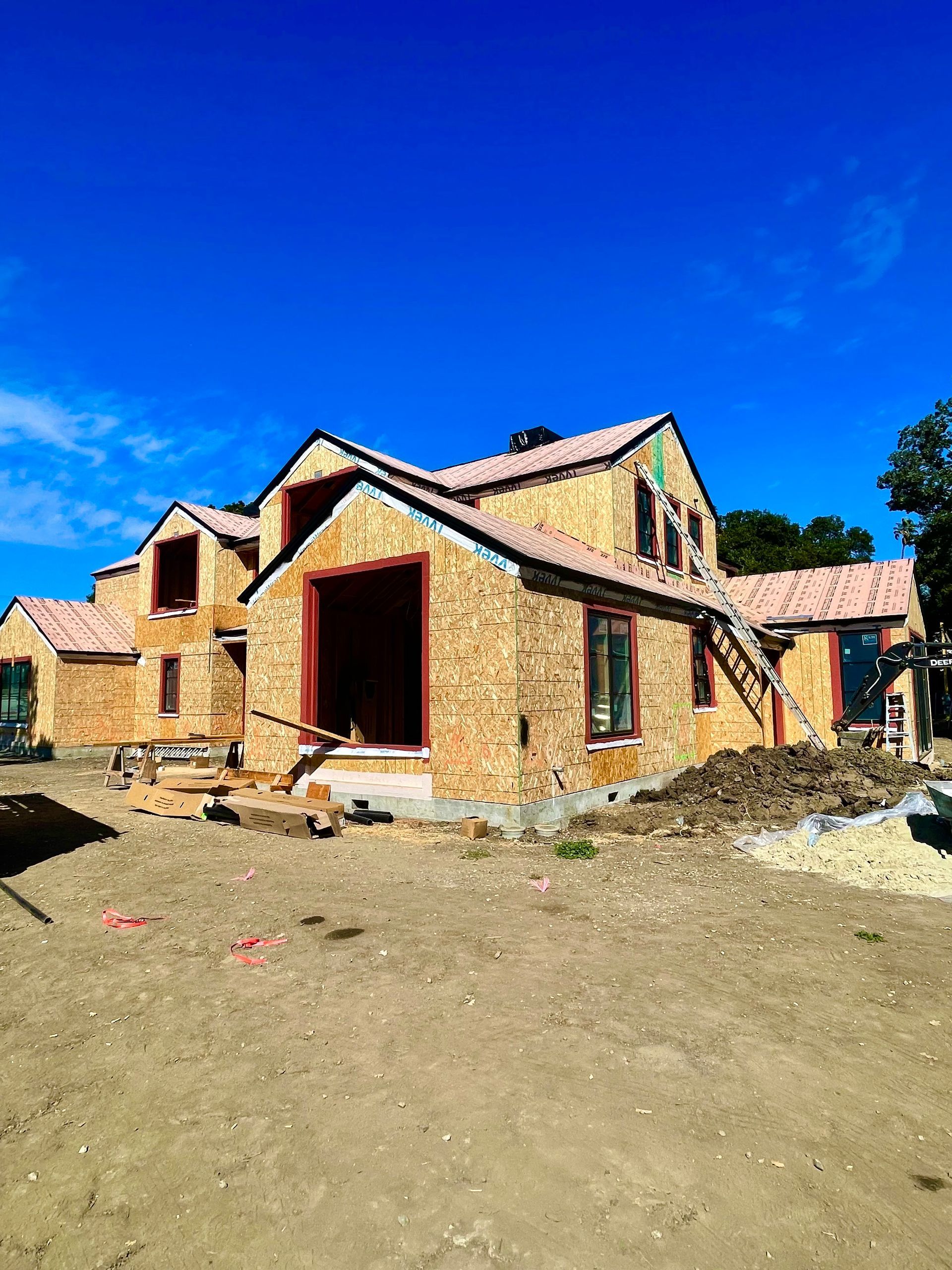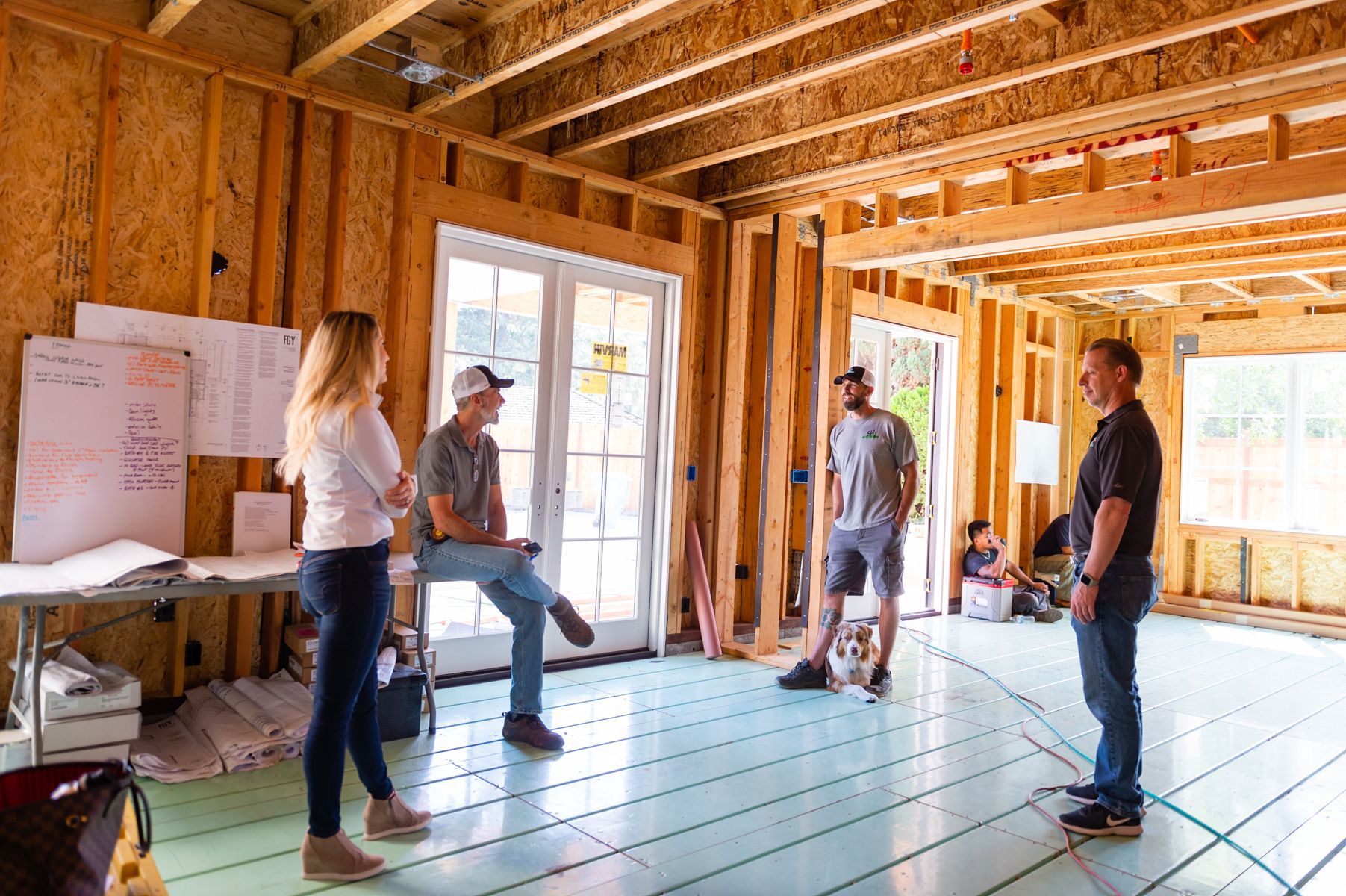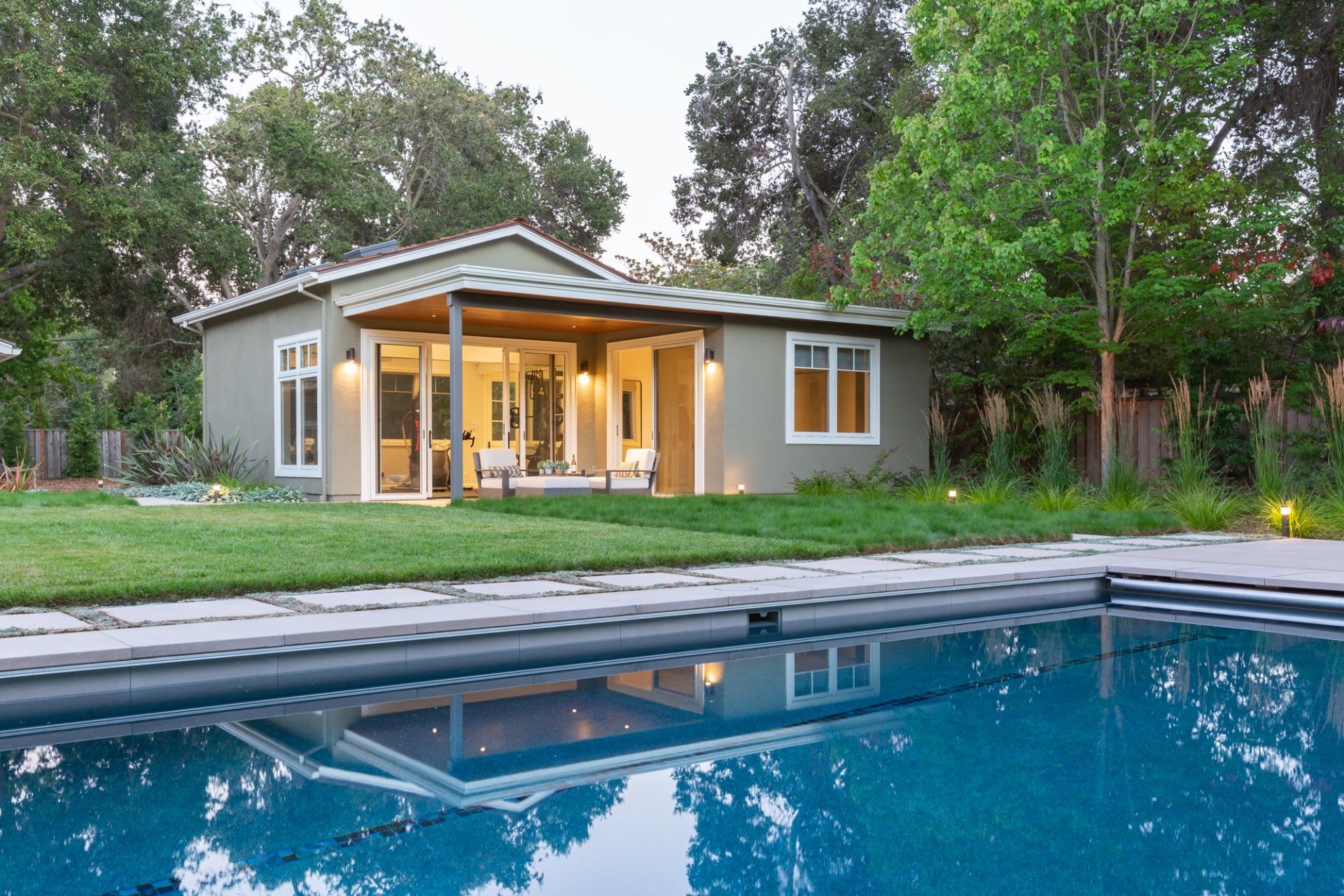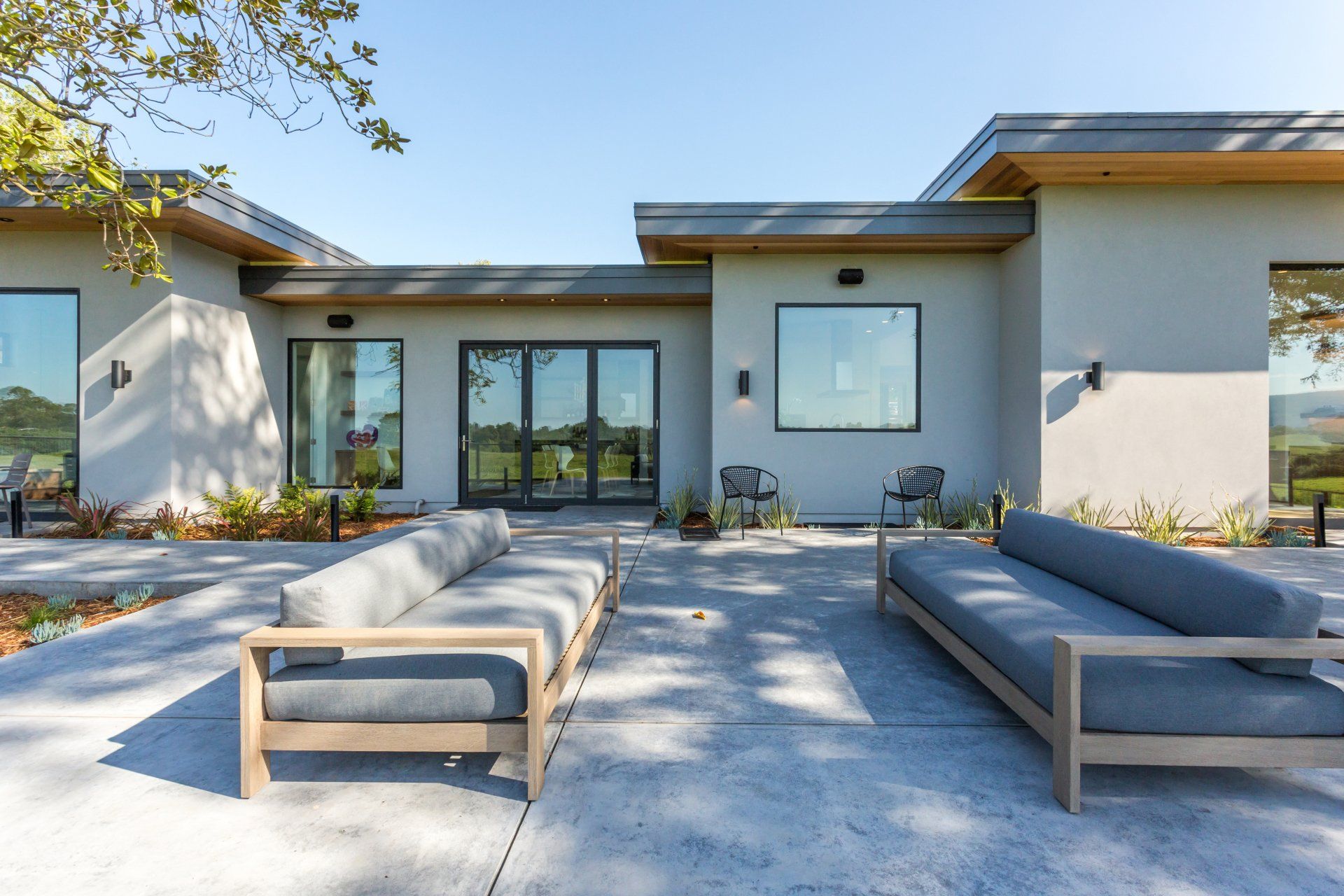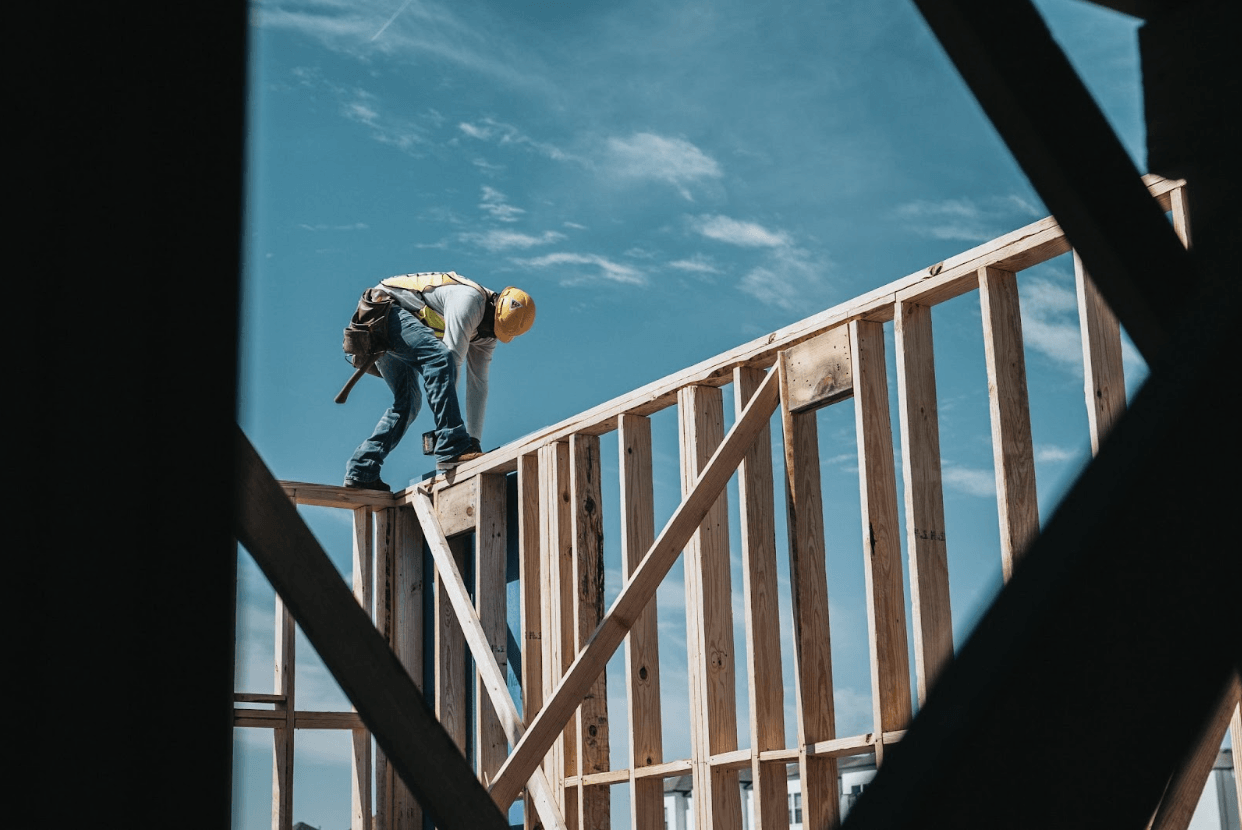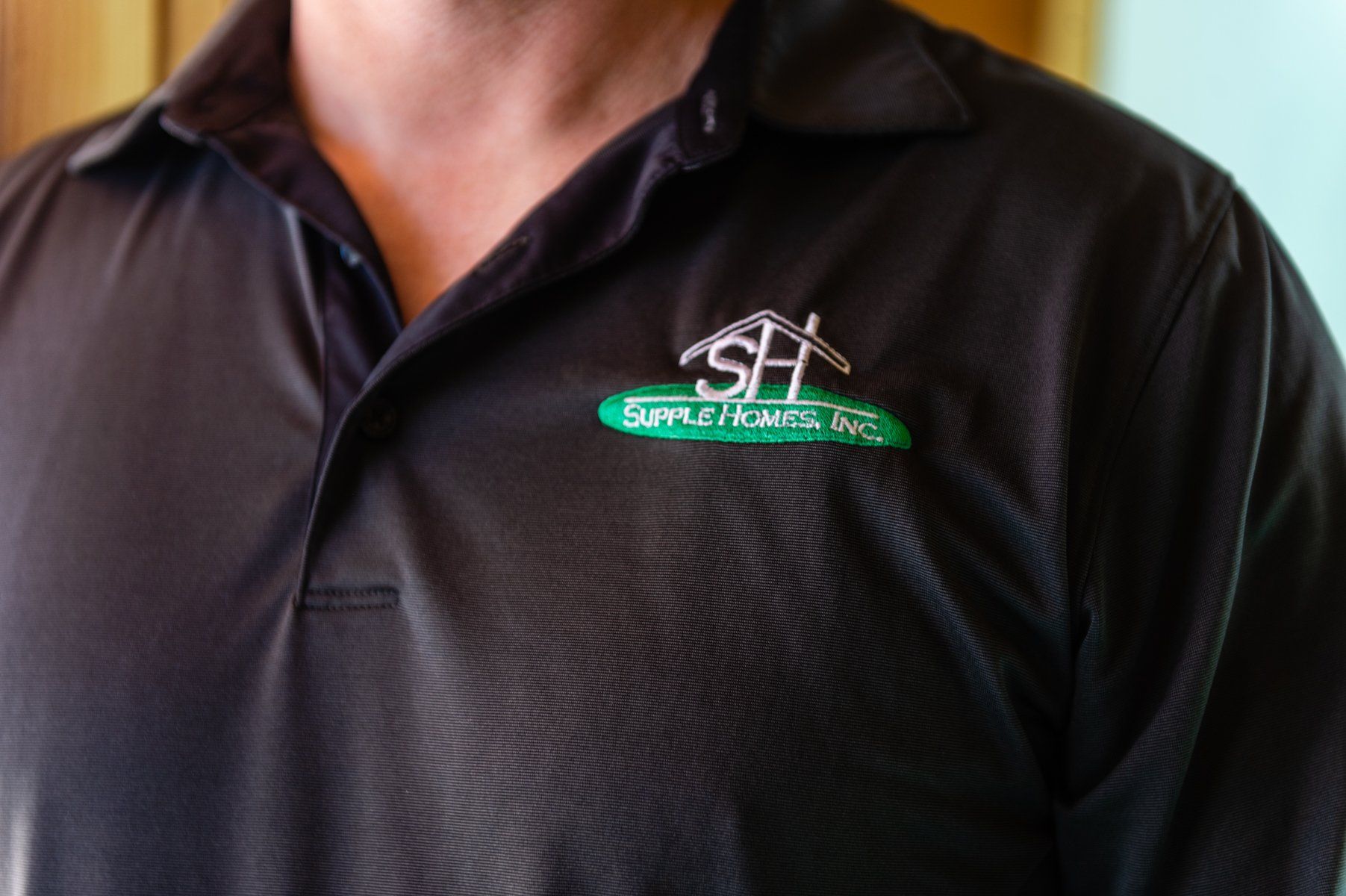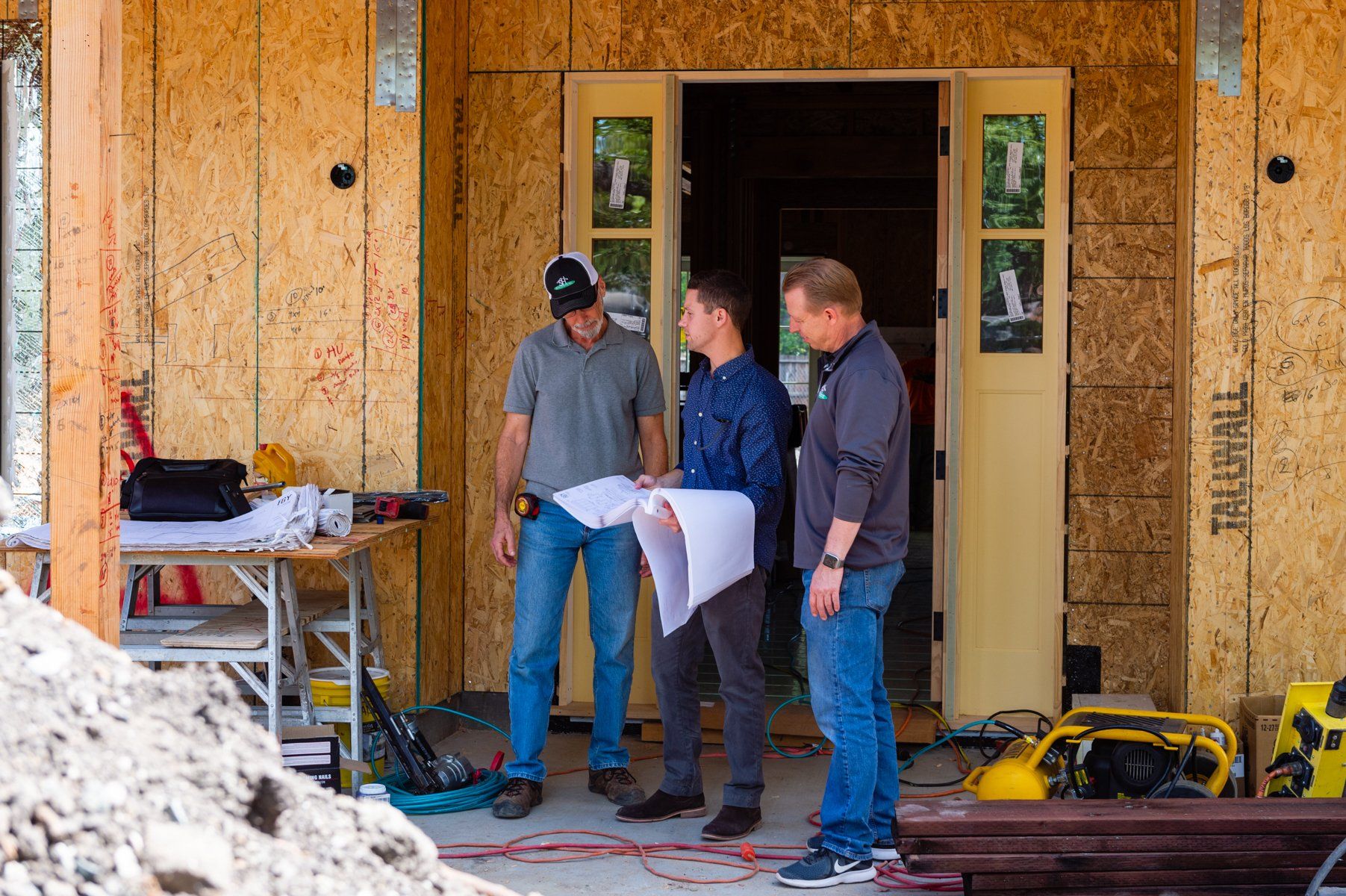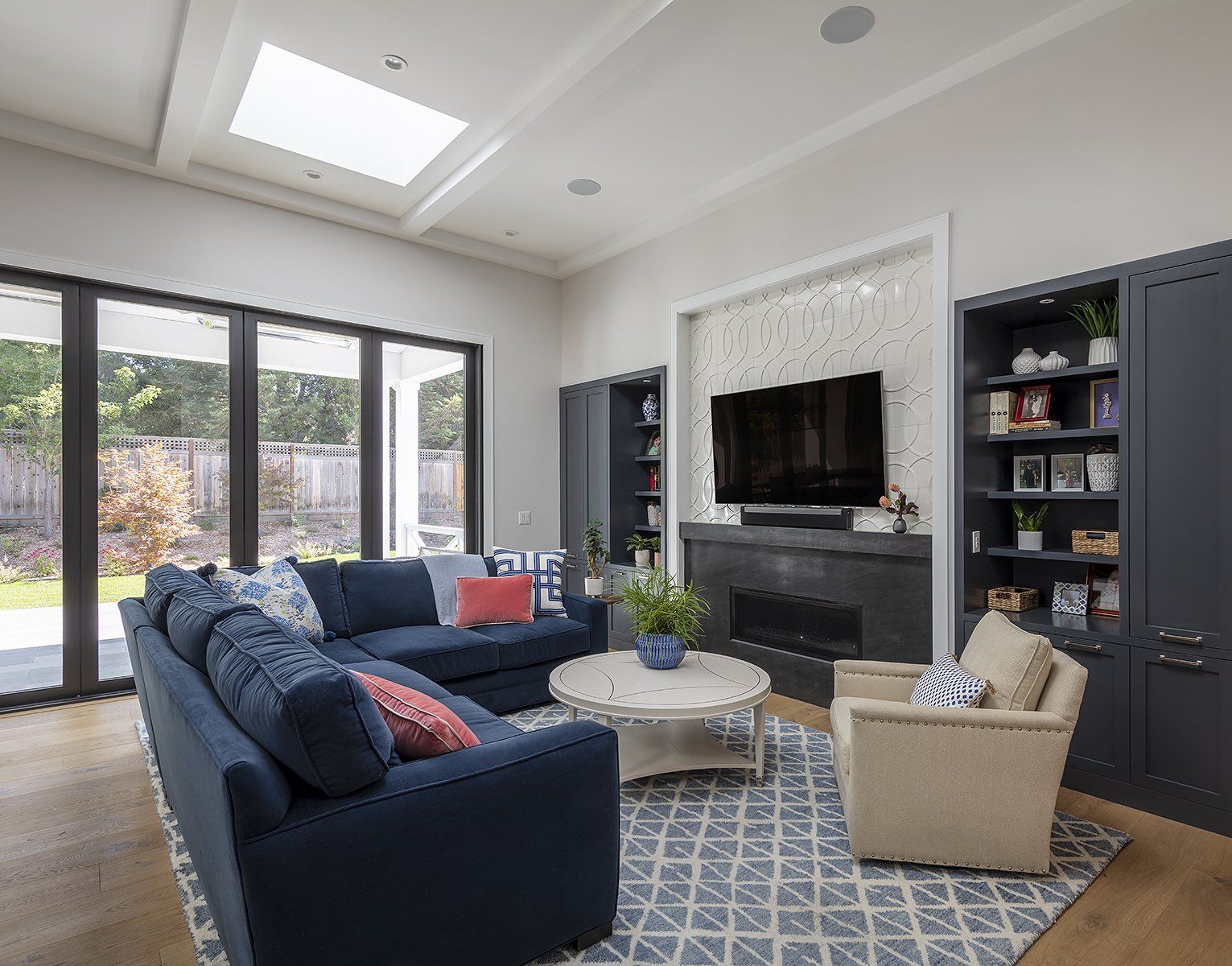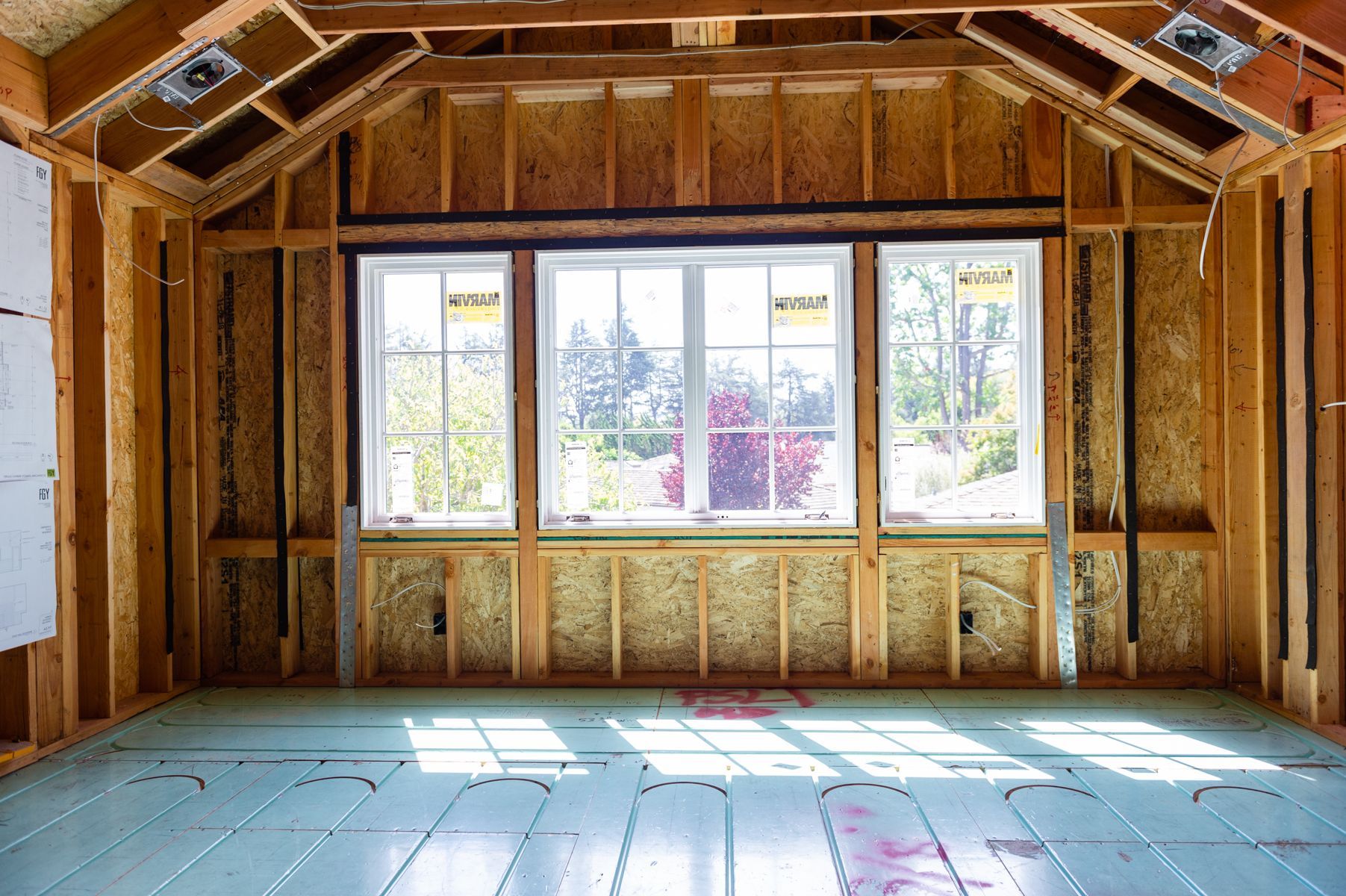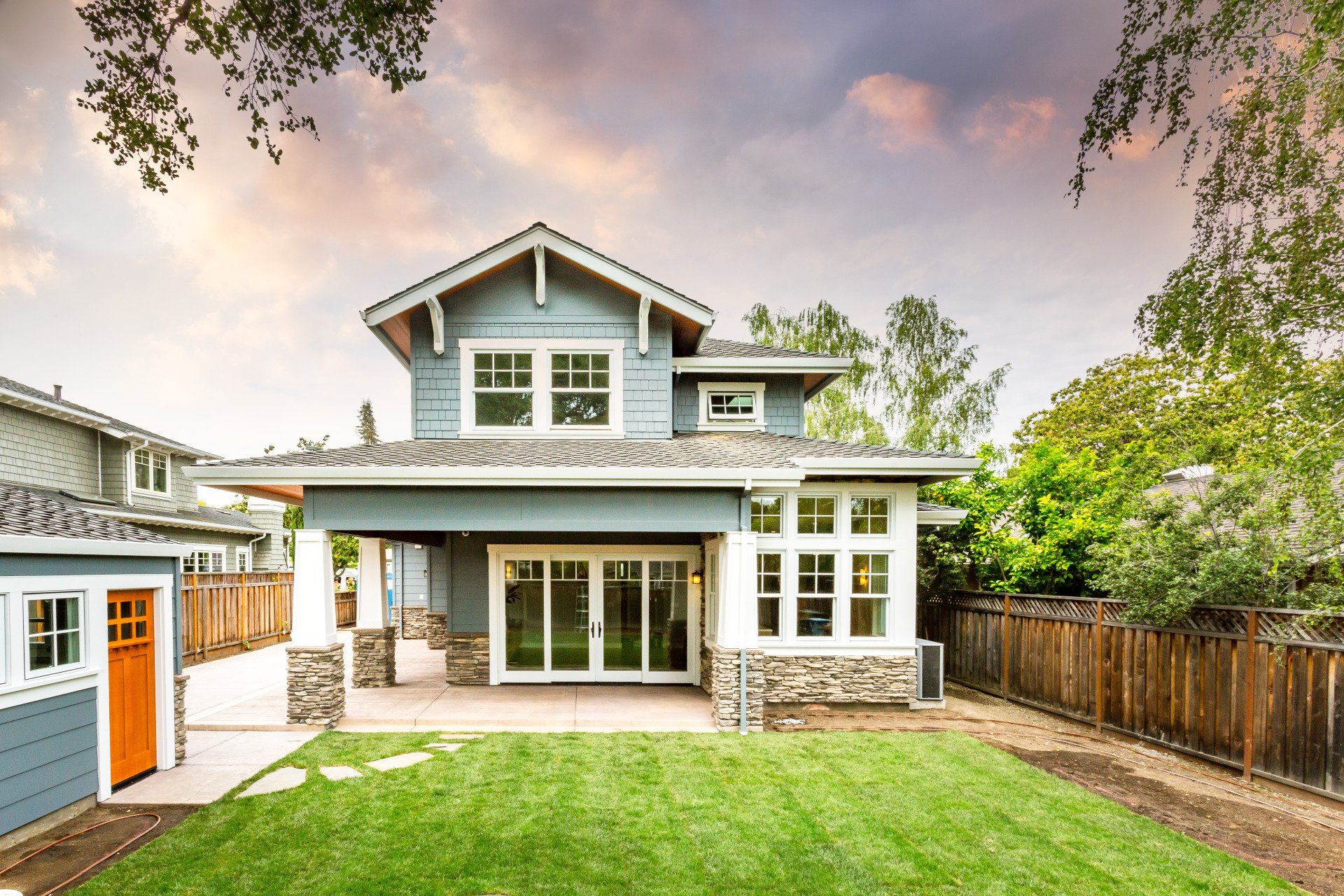You understand the importance of hiring an interior designer and you’re ready to start your search, but you aren’t quite sure where to begin. It’s not every day that you have to go out and find someone to design the home of your dreams, which is why it’s important to make sure you have a gameplan and know what to look for.
To help you in your search, we interviewed Mary Jo Fiorella the founder of Fiorella Design and online shop Clementine Living. Mary Jo gave 5 helpful tips on choosing an interior designer that is right for you.
1. Do Your Research
You can easily get to know a designer by looking through their portfolio of past work, whether it’s online or in person. Understand what their role was in each of their projects.
Interior designers are able to manipulate the interior architecture, so it may be unclear what was done by the architect and what was done by the interior designer. Make sure the elements in their projects that catch your eye are in fact the interior designer’s work!
It’s not only important to see an interior designer’s past work, but to also understand their relationships and experiences with past and current clients/colleagues. References are a great way to do so. Reach out and call/email past references for feedback. Reviews on platforms such as Houzz, Yelp, and Google are also great ways to learn more about a potential designer.
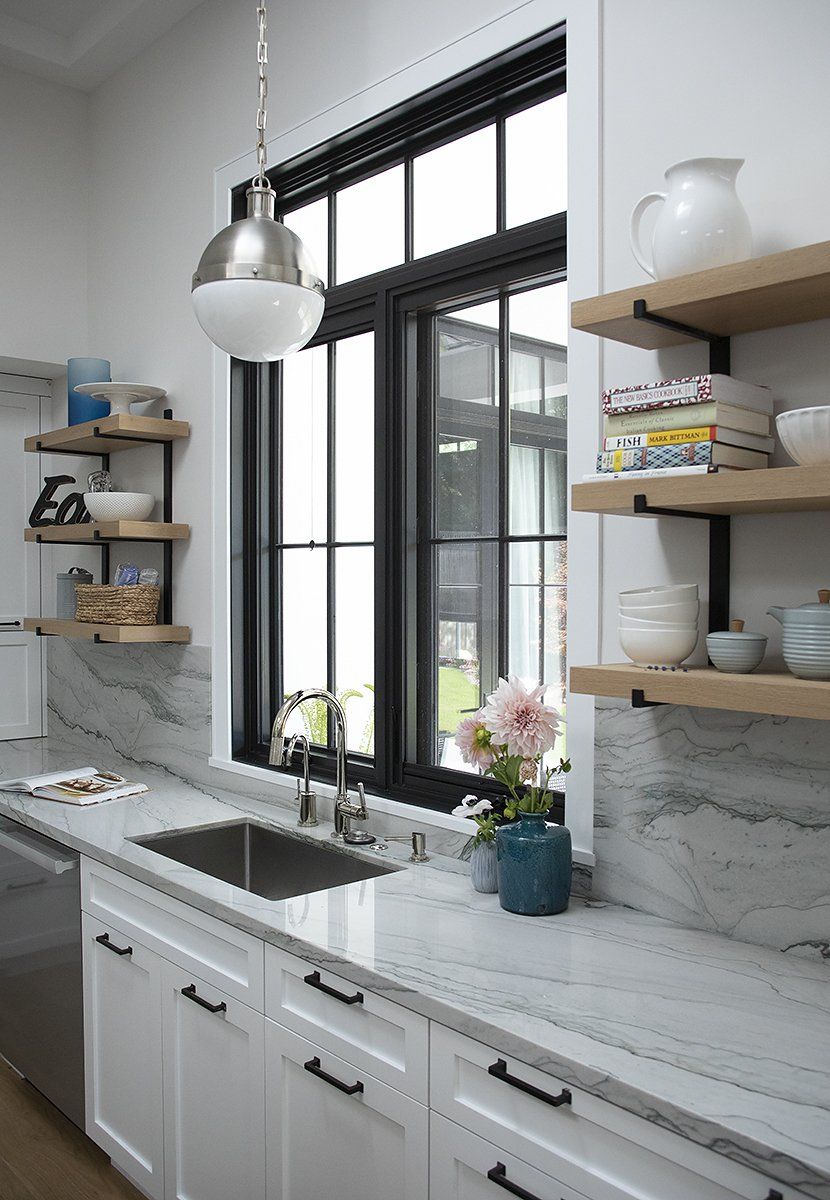
2. Education is Important
Having an educational career within interior design is a major factor to look for when searching for an interior designer. There are interior design programs at all levels, from Associate’s to Master’s degrees, and some designers may also have architecture backgrounds.
The interior design profession is far more complicated than just picking tiles—you want someone who not only has an eye for design but also has a deep understanding for interior architecture and proper space planning.
3. Education is important, but so is experience
Education is important, but so is experience. Seasoned interior designers also understand what their strong suits are and know when to take on a project and even when to turn it away. In many instances, new interior designers are still trying to find their forte and want to take on every project that is thrown their way. You want someone who is not only confident in their designs but has experience and is capable of overseeing/managing a project from start to finish.
Has your prospective designer:
● Managed a project of similar size?
● Created designs with a similar theme?
● Worked with comparable budgets?
Having an interior designer with experience also means that the designer has had time to work with and build relationships with contractors. It’s always a plus when your contractor and interior designer have worked together because that means they know each other’s protocols and expectations, which allows a job to run more smoothly.
4. Within Their Wheelhouse
Whatever your vision is for your home, it’s important that it’s within your designer’s wheelhouse. For example, would your home be their first dip into Traditional design? You want to make sure that they are not only knowledgeable and confident executing the design, but that they feel connected and will enjoy working on your project. Ask questions. Ask to see examples!
5. Vibe Check!
Let’s face it—not every personality or style is going to be your cup of tea. It’s important to find someone you truly feel comfortable with and can trust to design your dream home. Your interior designer should inspire you and always make you feel heard and involved. When sitting down with a potential designer ask yourself, “Will I be able to work and communicate with this person for months? And if so, will they make this process simple and enjoyable?”
Supple Homes wants clients to enjoy every step of the process. If you have additional questions or not sure where to start your search for an interior designer, contact us and we would be happy to help!
